Glimpses of the Ancient “Dark Ages”: A Doodled Past
In this quick illustrated history, I introduced G to the so-called ancient “dark” ages, dubbed as such by some historians because of the many disasters and invasions that occurred during the period. But it wasn’t all dark during this time. Civilizations were founded and some flourished.
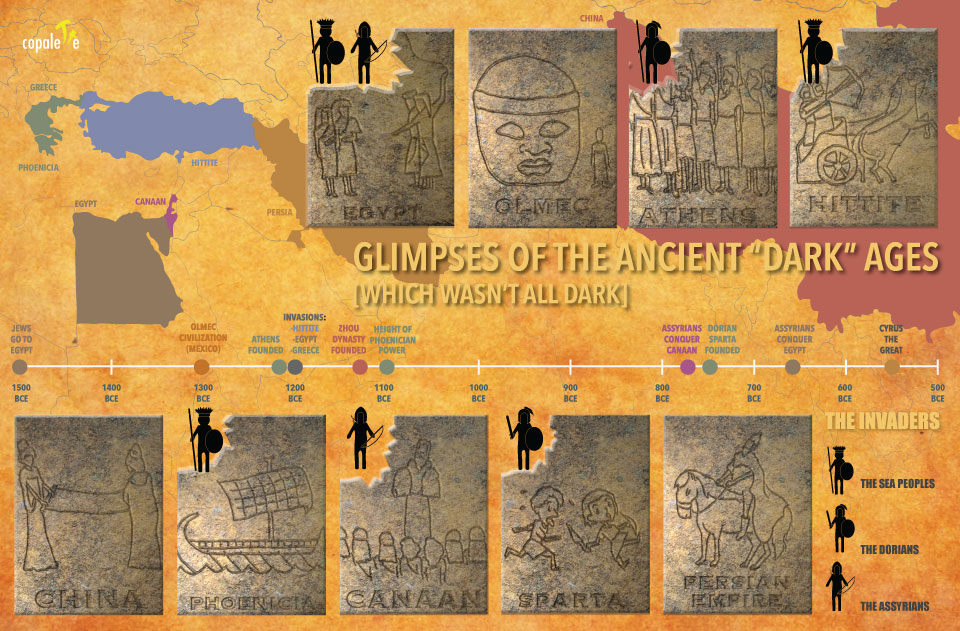
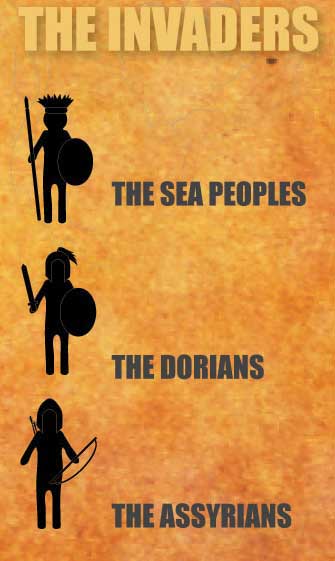
There are three main invaders in the illustration above. Mysterious groups of people, the “Sea Peoples” and the Dorians (who may or may not have been the same group of people), attacked civilizations across Europe, Africa and the Middle East. The Sea Peoples were quite a force, and may have contributed to the collapse of some civilizations.
The third group, the Assyrians, who disappeared toward the end of this period, were known to be incredibly cruel and violent, slaughtering the people of places they attacked.
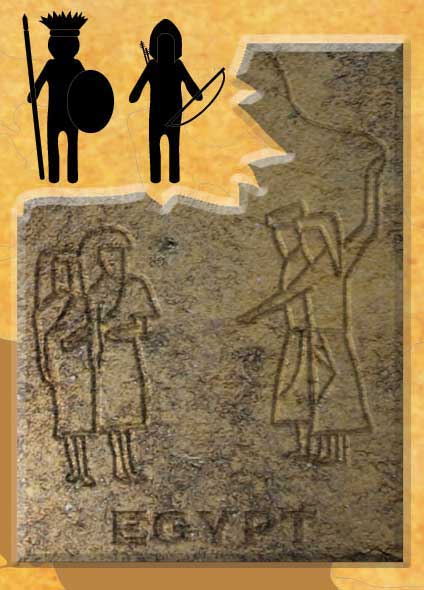
Glimpsed here is the poor treatment (to say the least) of Jews who had fled to Egypt from Canaan in 1500 BCE. How poorly were they treated? According to the Old Testament, the pharaoh Ramesses II ordered that every newborn Jewish male be drowned! This lead to one Jewish mother sending off her son via a small boat into the Nile River. The boy was found by one of the pharaoh’s daughter, and raised him as her own. The boy was named Moses.
Also pictured are the attacks on Egypt. The Egyptians fought the Sea Peoples for more than 30 years! Later, they were also attacked by the Assyrians.
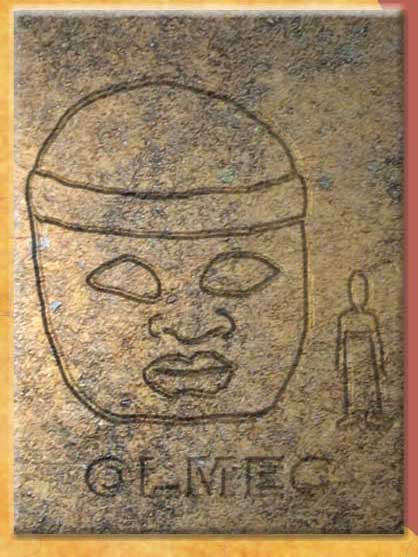
The Olmecs–the first civilization to emerge in Mesoamerica–developed in Mexico around 1300 BCE. Among their engineering feats are pyramid building and giant head sculpting. They started various practices such as ball games and human sacrifice (both of which could be practiced at the same event with the ball game losers on the unfortunate end of the human sacrifice.)
And we may have them to thank for the number zero, which was part of their long count calendar system.
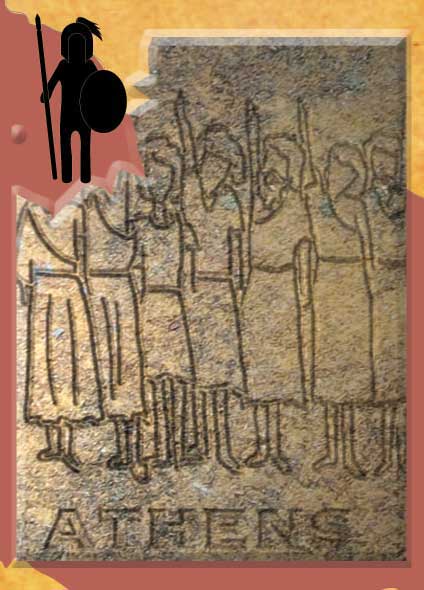
Athens was founded around 1235 BCE, shortly before the Dorian invasion. Pictured above is the beginning of their establishment of a democratic government, where kings were deemed unnecessary and elected aristocrats took leadership positions instead. The word democracy came from the Greek word “demos” (people) and “kratos” (power).
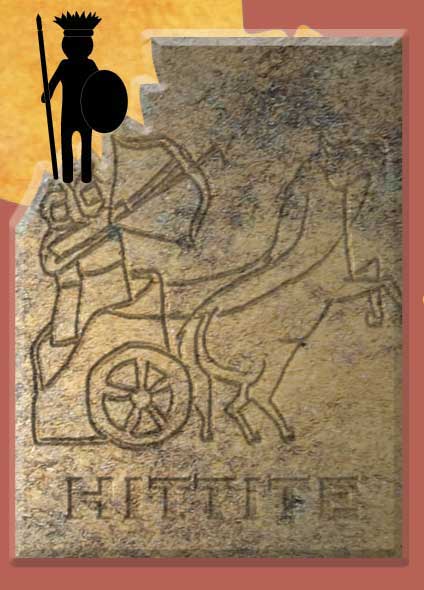
The Hittites are pictured above in their chariot and iron weapons. They were very good with their bows and arrows. They are credited for discovering how to smelt iron ore to make iron, which gave them an advantage over enemies with bronze weapons. They sold their tools to others, but kept the process secret, which made them powerful in Asia at the beginning of this period.
However, they were no match to the Sea Peoples, who contributed to the collapse of the empire.
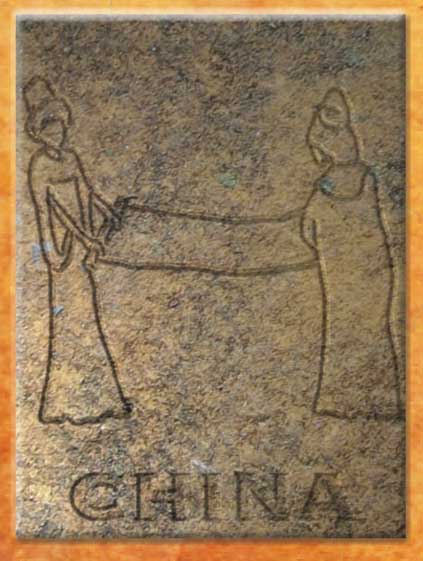
The Chinese learned to weave silk from the fine thread produced by silkworms long before this period, but the first evidence of silk in Egypt was from this era. An Egyptian mummy had a silk scarf in her hair. This shows how far trade happened during this time. The caravan route named “Silk Road” connected Babylon to China.
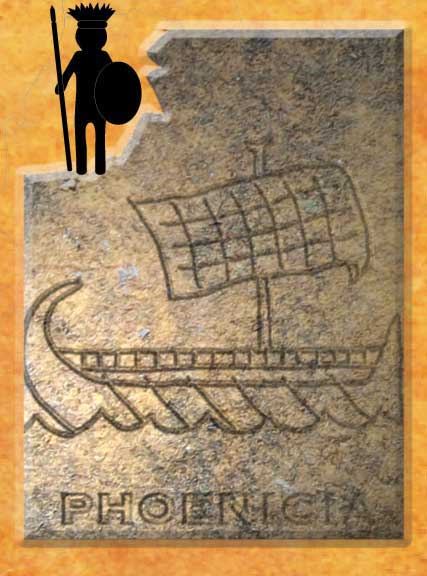
The Phoenicians were excellent sailors. They may have used devices that tracked the sun’s and stars’ movements to help them navigate. They could sail at night, and could deliver goods faster than other traders. They sailed farther than anyone during this period.
They were targeted by various invaders, however, including Egypt, the Hittites, and the Sea peoples.
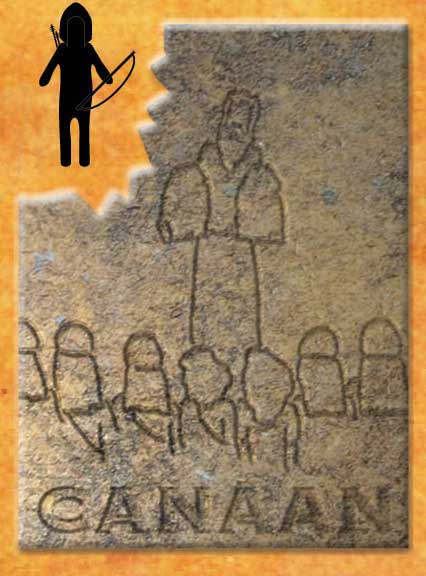
According to the Old Testament, the boy Moses grew up with royalty, but felt sympathy for the Israelites, who were treated as slaves. He was forced to flee when he killed an Egyptian slave master. In isolation, God, who appeared in the form of a burning bush, told Moses to free the Israelites. The Israelites eventually fled Egypt reclaimed Canaan under Joshua, an apprentice of Moses. Illustrated is Moses holding the Ten Commandments from God.
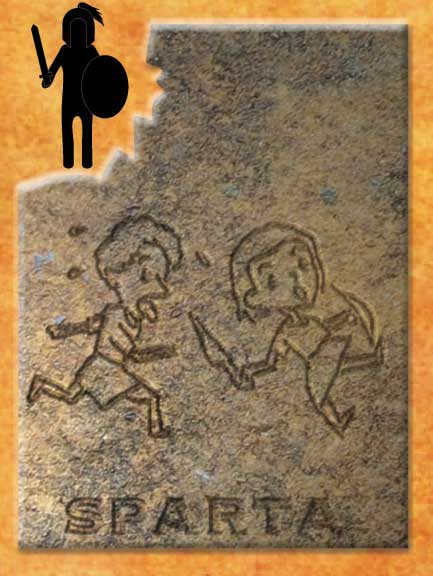
The Dorians invaded south Greek, and established the Spartan class hierarchy. At the bottom are thousands of helots, treated essentially like slaves. The top class, the Spartans, focused on a military society to create soldiers to control the helots. They took this very seriously, and started training children at the age seven.
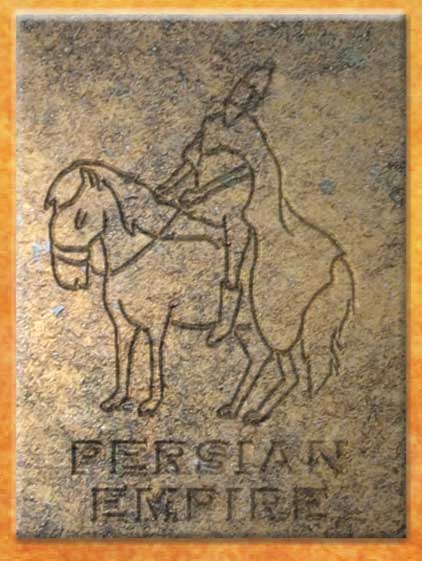
Finally, we come to Cyrus the Great, founder of an impressively large world empire: the Persian empire. Cyrus strategically expanded his empire to about 3,000 miles, from Greece to India. He was not only tolerant of the religions and cultures of the conquered lands, he participated in some of their rituals. He also supposedly returned to the locals items stolen from them by their previous conquerors (e.g. sacred objects).
Additional Resources:
Andrew Marr’s A HISTORY OF THE WORLD
The Mental Floss History of the World: An Irreverent Romp Through Civilization’s Best Bits
Christopher Lascelles’ A SHORT HISTORY OF THE WORLD
Crash Course: World History
The Great Courses: History of the Ancient World – A Global Perspective
